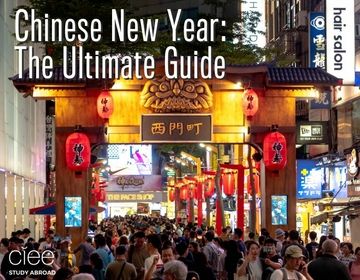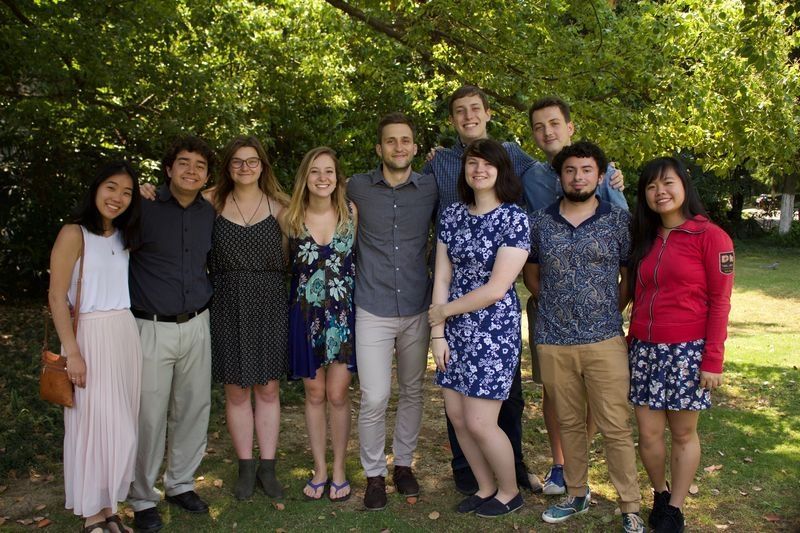Studying Abroad in Nanjing - By Sophie
My time at the Nanjing Language and Culture Center has really provided me the opportunity to not only learn Chinese in a classroom setting, but to interact with various aspects of the Nanjing city community, whether through taking extra classes studying Chinese cultural activities, volunteering at a local elementary school teaching English, weekly excursions to different locations in Nanjing, living with a Chinese roommate, or simply by living in the heart of the city. Similarly, Nanjing’s convenient location and the existence of China’s high-speed train network provide numerous travel opportunities. One of the most interesting and influential travelling experiences for me personally has definitely been our program’s weeklong excursion to Guangxi Province in southeast China. Organized by our program coordinators, the trip was specifically designed to travel to a number of locations that were different not only in the area of the province they were located, but in their distinguishing cultural and historical characteristics. We began our trip in Longji, a village situated in the picturesque “Dragon’s Backbone”—a stretch of mountains dotted with rice terraces laid out in a spiraling, ribbon-like pattern. In Longji, we stayed overnight with members of the village and got to eat their homemade food, observe daily life on the rice terraces, and pick some famous Longji tea for ourselves. As someone who lives near many farms in the Midwest, I was not expecting to be able to observe an agricultural-based lifestyle that was so different from what I commonly see near my home. As a village based primarily on agritourism, Longji preserves its old rice cultivation techniques and cultural practices specific to the Zhuang ethnic minority group that makes up most of the population. Being able to visit and observe Longji’s environment and lifestyle was truly an opportunity that I never expected to have when coming to China, and visiting an area so different from Nanjing really allowed me to understand firsthand the diversity, size, and cultural richness of China as a whole.
As we continued our excursion in Guangxi, we visited a number of other places that also espoused very different environments and cultural characteristics than the others. We rode on rafts down the Li River, famous for being prominently featured on the Chinese twenty-yuan bill, and travelled to Beihai, a coastal city famous for its seafood. Perhaps the most different from Longji, however, was our last day of travelling to Weizhou Island. Aside from near constant beach access and a bustling seafood trade, Weizhou Island is also home to a Catholic church built on the island in the late 1800s. The difference between Longji and Weizhou Island alone were frankly astonishing—we had travelled for our entire trip completely within the same province, but had started in a mountainous region amongst rice terraces and ended near a Catholic church built on an island. Visiting such a variety of locations really allowed me to interact more deeply with China’s culture and diversity within the span of a few short days, as compared to the busy city life in Nanjing to the north. As a part of my study abroad experience as a whole, this trip will really stand out as one of the more memorable facets of my studies.
Related Posts

EAT, DRINK, EXPLORE: BEIJING
BEST FOOD TO EAT IN BEIJING Peking duck ( shāo yāzi) has been eaten in Beijing since the Imperial Era and is the city’s most famous dish to date. The... keep reading

Eat, Drink, Explore: Shanghai
BEST FOOD TO EAT IN SHANGHAI While in Shanghai, do yourself a favor and enjoy one of the city’s most popular plates: xiaolongbao (soup dumplings). These delicate steamed buns typically... keep reading

Chinese New Year: The Ultimate Guide
Red envelopes, firecrackers, and a feast that puts your college meal plan to shame – Chinese New Year is the celebration of the year, and you don’t want to miss... keep reading
